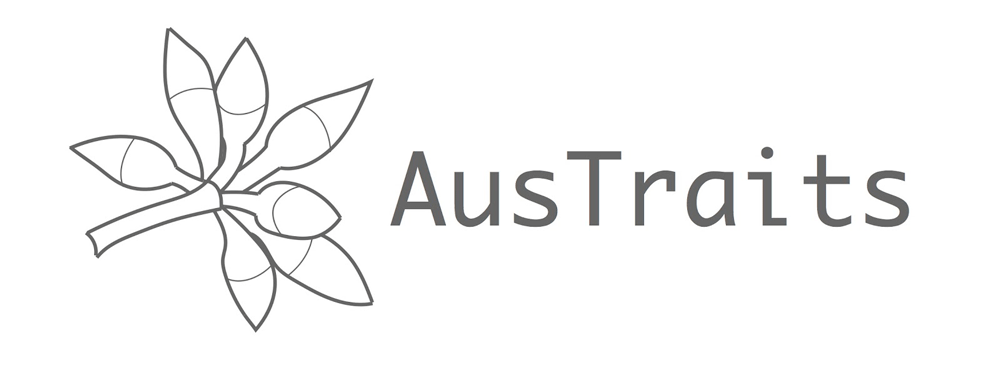Online Resources
Occurrence records map (0 records)
Datasets
datasets have provided data to the Atlas of Living Australia for this species.
Browse the list of datasets and find organisations you can join if you are interested in participating in a survey for species like Ptilotus exaltatus
Types
Specimens
Images
Misidentified

Names and sources
| Accepted Name | Source |
|---|---|
| Ptilotus exaltatus |
|
| According to:Council of Heads of Australasian Herbaria (7 July 2021), Australian Plant Census | |
| Published in:Nees von Esenbeck, C.G.D. in Lehmann, J.G.C. (ed.) (1845), Amarantaceae. Plantae Preissianae 1(4) [630] | |
| Synonym | Source |
|---|---|
| Ptilotus sp. Goldfields (R.Davis 10796) heterotypic |
|
|
Placeholder name has been treated as unique. |
|
| Ptilotus exaltatus var. glaber heterotypic |
|
| Published in:Benl, G. (5 April 1984), Five new taxa in Ptilotus R.Br. (Amaranthaceae) from the Northern Territory. Muelleria 5(4) [260] | |
| Ptilotus exaltatus var. pallidus heterotypic |
|
| Published in:Benl, G. (15 September 1979), Ergnzende bemerkungen zu bisher wenig bekkannten Ptilotus -sippen (Amaranthaceae) nebst einigen neubeschreibungene. Mitteilungen der Botanischen Staatssammlung Munchen 15 [164-165] | |
| Ptilotus exaltatus var. villosus heterotypic |
|
| Published in:Benl, G. (1970), Mitteilungen der Botanischen Staatssammlung Munchen 7 [314] | |
| Ptilotus exaltatus var. exaltatus homotypic |
|
| Published in:Maiden, J.H. & Betche, E. (1916), A Census of New South Wales Plants [72] | |
| Trichinium nervosum heterotypic |
|
| Published in:Bailey, F.M. (1910), Botany. Contributions to the Flora of Queensland. Queensland Agricultural Journal 25(6) [287, 290] | |
| Trichinium burtonii heterotypic |
|
| Published in:Bailey, F.M. (1891), Contributions to the Queensland flora. Botany Bulletin. Department of Agriculture, Queensland 2 [14] | |
| Trichinium exaltatum () homotypic |
|
| Published in:Bentham, G. (1870), Flora Australiensis 5 [227] | |
| Ptilotus exaltus synonym | |
| Ptilotus exalatus Nees synonym | |
| Common Name | Source |
|---|---|
| Foxbush Australia Australia |
|
| Pink Mulla Mulla Australia Australia |
|
| Pink Mulla Mulla Australia Australia | |
| Pink Mulla Mulla Australia Australia |
|
| Pink Mulla-Mulla Australia Australia |
|
| Prince of Wales Feathers Australia Australia |
|
| Pussytails Australia Australia |
|
| Showy Foxtail Australia Australia |
|
| Tall Mulla Mulla Australia Australia |
|
| Tall Mulla Mulla Australia Australia |
|
| Tall Mulla Mulla Australia Australia |
|
| Tall Mulla Mulla Australia Australia |
|
| Name | Source |
|---|---|
| Ptilotus exaltatus accepted |
|
| Identifier | Source |
|---|---|
| https://id.biodiversity.org.au/taxon/apni/51430680 Taxon current |
|
| https://id.biodiversity.org.au/name/apni/77660 Scientific Name current |
|
| http://id.biodiversity.org.au/taxon/apni/51430680 Taxon unknown |
|
| https://id.biodiversity.org.au/instance/apni/51430666 Taxon Concept current |
|
Classification
- kingdom
- Plantae
- phylum
- Charophyta
- class
- Equisetopsida
- subclass
- Magnoliidae
- superorder
- Caryophyllanae
- order
- Caryophyllales
- family
- Amaranthaceae
- genus
- Ptilotus
- species
- Ptilotus exaltatus
Charts showing breakdown of occurrence records (0 records)
Name references found in the Biodiversity Heritage Library
| Data sets | Licence | Records |
|---|

The trait data shown here are a selection from AusTraits, an open-source, harmonised database of Australian plant trait data, sourced from individual researchers, government entities (e.g. herbaria) or NGOs across Australia. Traits vary in scope from morphological attributes (e.g. leaf area, seed mass, plant height) to ecological attributes (e.g. fire response, flowering time, pollinators) and physiological measures of performance (e.g. photosynthetic gas exchange, water-use efficiency.)
These traits are a sampler of those available in AusTraits. The data presented here are summary statistics derived from all field-collected data on adult plants available from AusTraits. Since the data presented are derived from the wide variety of sources in AusTraits, both the numeric trait statistics (min, mean, max) and categorical trait summaries (frequency of each trait value) that have been merged together could include data collected using different methods. The values presented for this species may reflect a summary of data from one or many sources, one or many samples from one or many adult plants at one or many locations. They may therefore differ from those presented elsewhere on the ALA platform and users are encouraged to download a spreadsheet of the full AusTraits data for this species via the download CSV button to view the accompanying details about the data sources before further use.
Categorical Traits
* Data sources in AusTraits report multiple values for this trait, suggesting variation across the taxon's range and life stages. Please download the raw data with information about the context of data collection to assess whether they are relevant to your project.| Trait Name | Trait Value | Definition |
|---|
Numeric Traits
| Trait Name | Min | Mean | Max | Unit | Definition |
|---|
